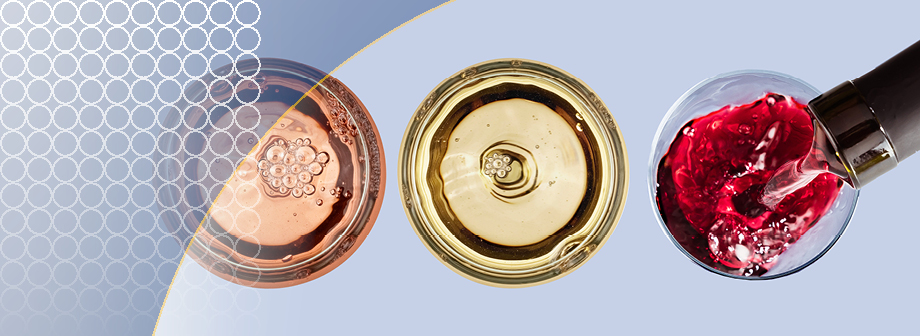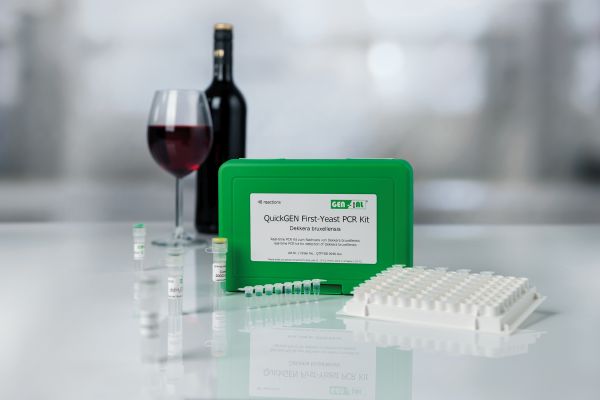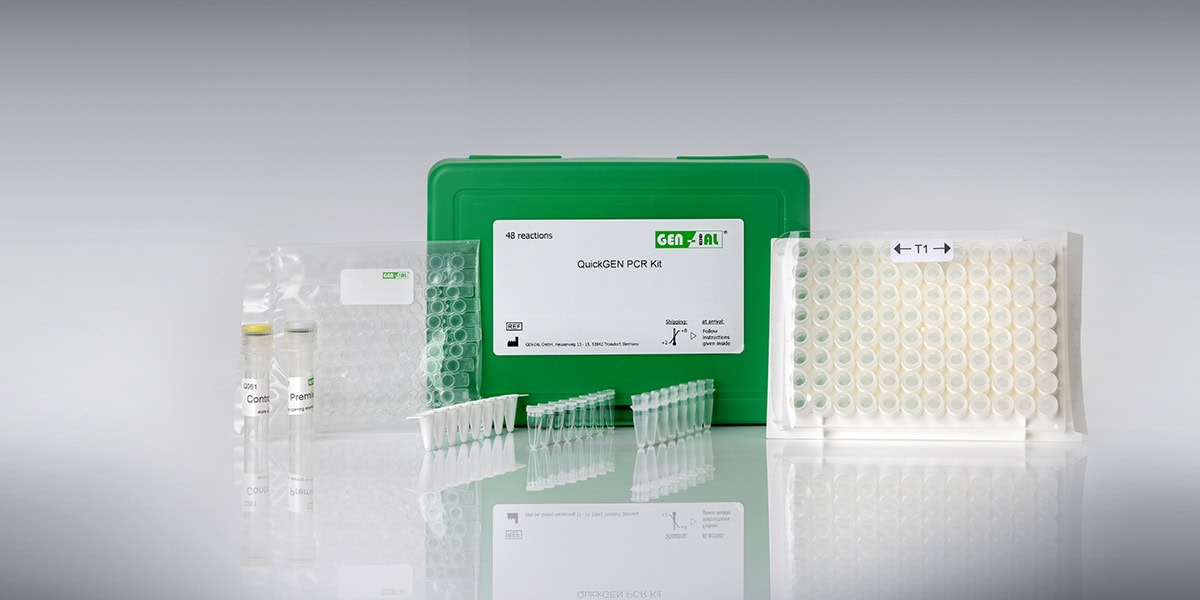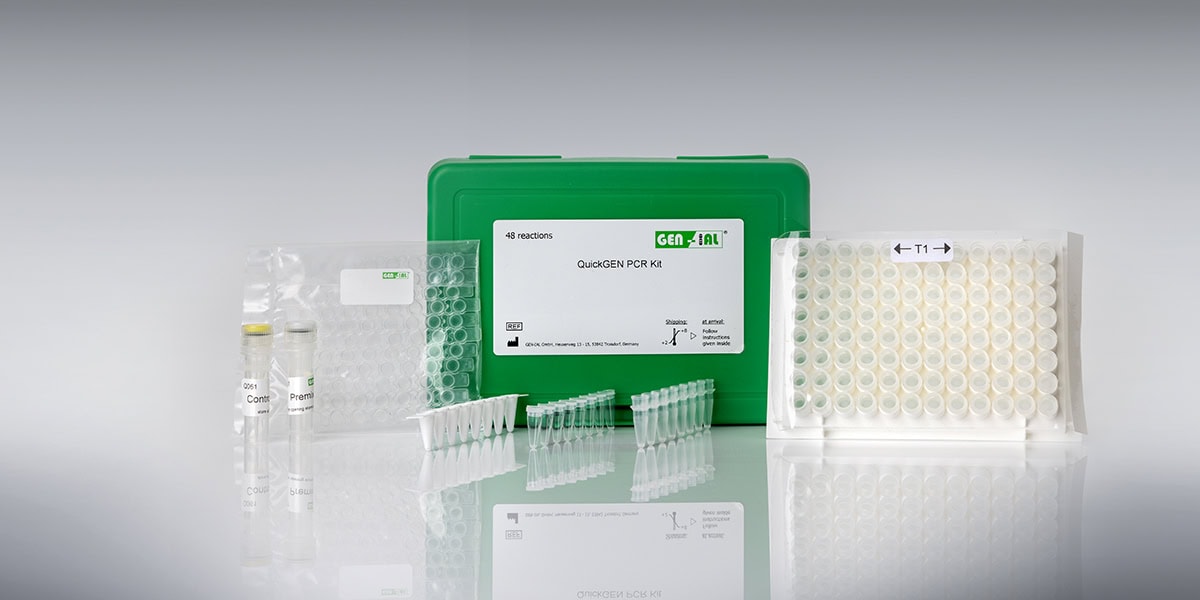
Recent news in Food & Feed Analysis
- Home
- /
- Brettanomyces in wine: how...
Brettanomyces in wine: how to detect yeast spoilage

Brettanomyces yeasts cause the so-called “Brett“ off-flavor: an unpleasant smell of horse stable, leather, sweat or even urine. Early detection of a possible contamination is of great interest for winemakers.
Dekkera bruxellensis (also known as Brettanomyces bruxellensis or “Brett“ for short) is considered the most important spoilage yeast in red wine. The phenols 4-EP and 4-EG produced by the yeast cause wine defects which can hardly be removed. If the “Brett” note is too intensive, winemakers must decide on blending or even discarding the wine. Huge economic damage is often a consequence. However, Brettanomyces may also be desired in low concentrations as it adds complexity to simple red wines. In any case, caution is needed since the yeast can spread quickly within the production facilities and contaminate other products.
Detection of a possible Brettanomyces contamination is therefore an important part of quality assurance in wine production. Often, traditional microbiological detection methods are used for this, which are inexpensive, but deliver results only after about 2 weeks. In our video, Ronald Niemeijer presents a much faster and more precise detection method: https://www.youtube.com/watch?v=czy1Hdmvvv4
Brettanomyces detection using GEN-IAL® QuickGEN
The major benefit of qPCR tests is the short time-to-result. However, as the test procedure is relatively complex, qPCR tests have been mainly used in research for a long time. The modern GEN-IAL® QuickGEN test kits are much more user-friendly and can also be performed by small wine laboratories and PCR beginners. Thanks to a DNA preparation without pre-enrichment, pre-coated tubes and convenient thermocycler templates, the working steps are reduced and the test procedure is simplified. Thus, the tests can be carried out more quickly and conveniently than conventional PCR tests. Moreover, the risk of contamination is reduced as the test format requires fewer additional substances and tools. The result is already available within 2 hours – qualitatively or even quantitatively (CFU/ml), if a control or a standard curve is used.
GEN-IAL® QuickGEN Dekkera bruxellensis
- Fast results in only 2 hours
- Highly specific
- Simple test procedure
- Also suitable for small laboratories
- Qualitative and quantitative analysis possible



